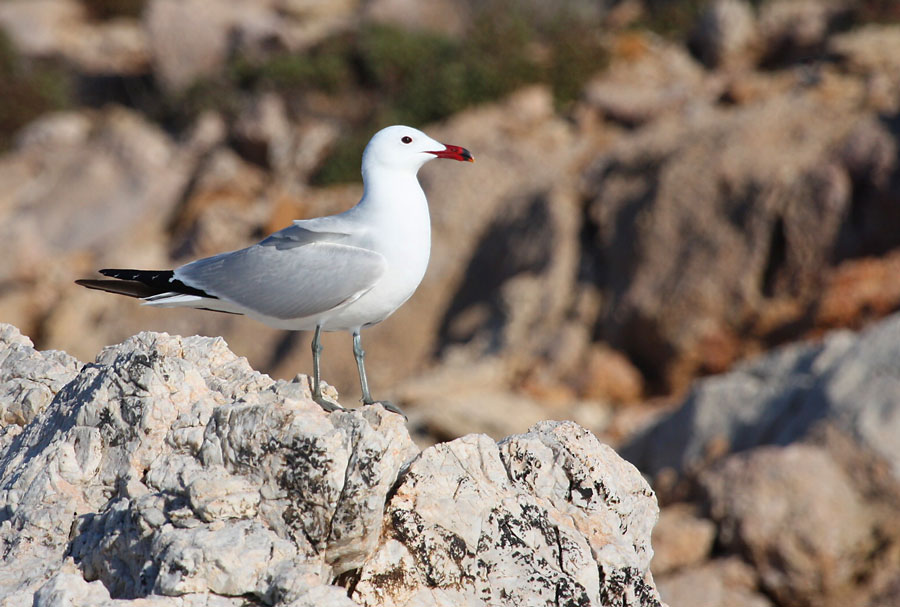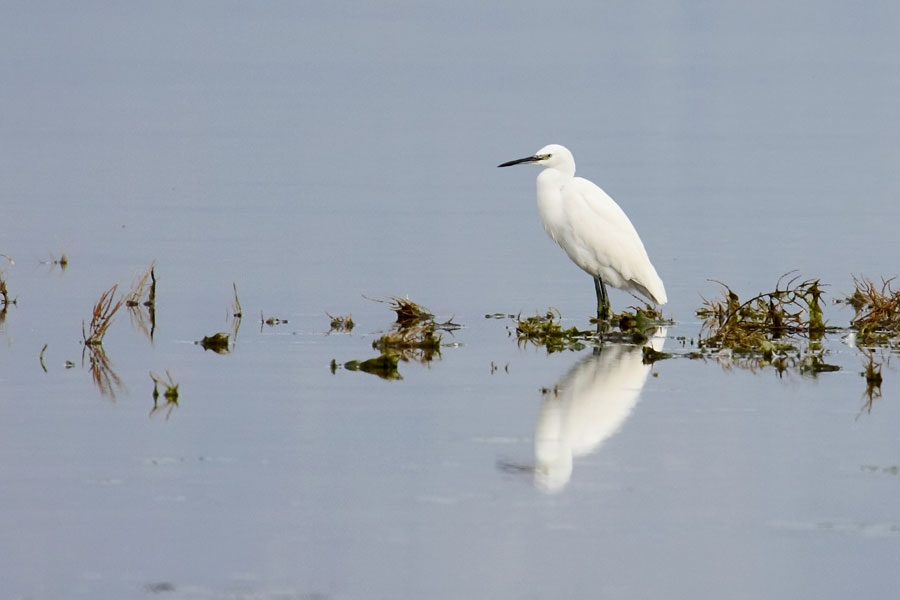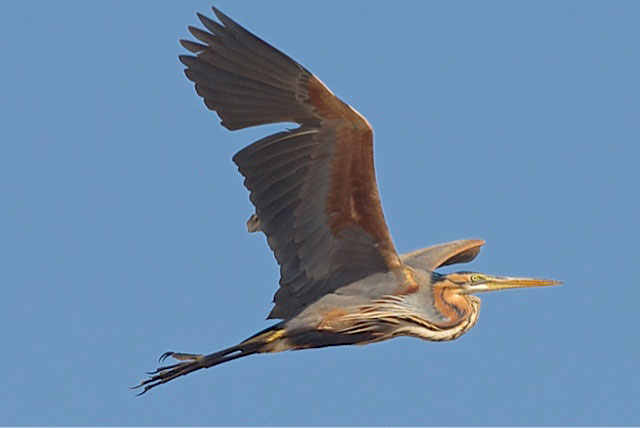Die Fauna auf Skyros
Die Pferde auf Skyros
Die gefährdeten Skyros-Pferde zählen zu den seltensten Pferderassen der Welt.
Sie sind in Griechenland seit der Antike heimisch. Heutzutage gibt es lediglich 260 in Griechenland, wobei die meisten (187) auf der Insel Skyros zu finden sind.
Skyros-Pferde haben ein intelligentes, freundliches und soziales Wesen, sie sind somit ideal für Kinder. Ihre Statur ist ähnlich der größerer Pferde, die durchschnittliche Größe beträgt 116 cm und ihre Hufe sind von Natur aus hart, sodass es nicht notwendig ist, sie mit Hufeisen zu beschlagen. Die Fellfarbe ist für gewöhnlich braun und in seltenen Fällen weiß oder blond.
Obwohl sie für gewöhnlich als „Ponys“ bezeichnet werden, besteht ihre einzige Ähnlichkeit zur Pferderasse „Pony“ in ihrer Größe. Der wissenschaftliche Name ist „Equus Cabalus Skyros Pony“ oder „Equus Cabalus Skyriano“ (das bedeutet „Skyrisches Pferd“).
Quelle: The Skyrian Horse Society
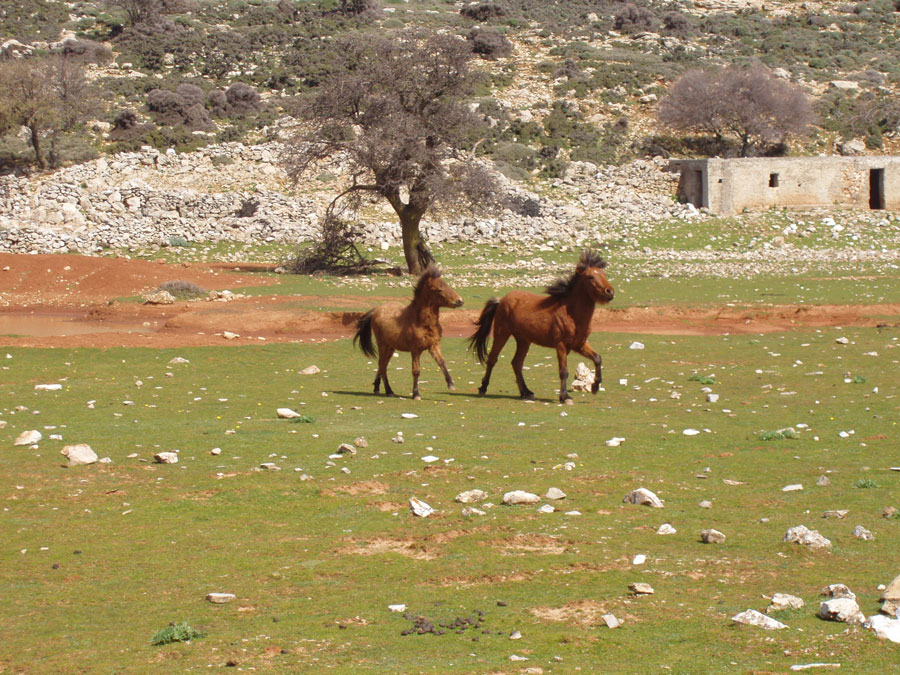
Το σκυριανό άλογο
Livestock
Livestock production in Skyros practiced since ancient times, with shepherds forming a particular society on the island for a very long time in the past. Even today the island’s livestock products are of high quality and value. The southern Skyros has for centuries the natural habitat of the indigenous breed of Skyros pony (Equus Cabalus Skyriano), unique in the world today, considered to be under threat of extinction by the European Union. These horses play a significant role in the rural heritage of the island, since in the past they were used by locals for farming, especially during the summer months. Today there are many sites on the island of private property and/ or visited farms where controlled breeding is achieved in order to conserve the species.
Special Protection Areas for Birds
Skyros is an Aegean island with an important natural heritage. The southern parts of the island and most islets, as well as the larger part of Kochylas mountain, the tallest mountain on the island (alt.792m.), constitute Special Protection Areas for birds (SPAs), being part of the NATURA 2000 network of protected sites in EU. The steep coastal cliffs of Mount Kochylas and the nearby uninhabited islets, are the nesting sites of Falco eleonorae, a migratory falcon which is a globally threatened species. Greece is hosting the 85% of the world population of the species and is considered as the most important country for its conservation and survival. Skyros hosts the largest colony of Eleonora’ falcons worldwide, with more than 1,000 pairs. The falcons arrive to Skyros in late April and leave for East Africa, particularly Madagascar and other islands of the Indian Ocean in late October. Until the end of July, falcons are flying over Kochylas mountain and the surrounding region, covering large areas to find food, mainly large flying insects; therefore can be easily seen from many parts of the island. After July, falcons lay eggs and nest at the steep rocks and cliffs feeding their young with small migratory birds that catch over the island.
Other important species that breed on Mt. Kochilas are Cretzschmar’s Bunting (Emberiza caesia), Cinerous Bunting (Emberiza cineracea) and Yelkouan Shearwater (Puffinus yelkouan).
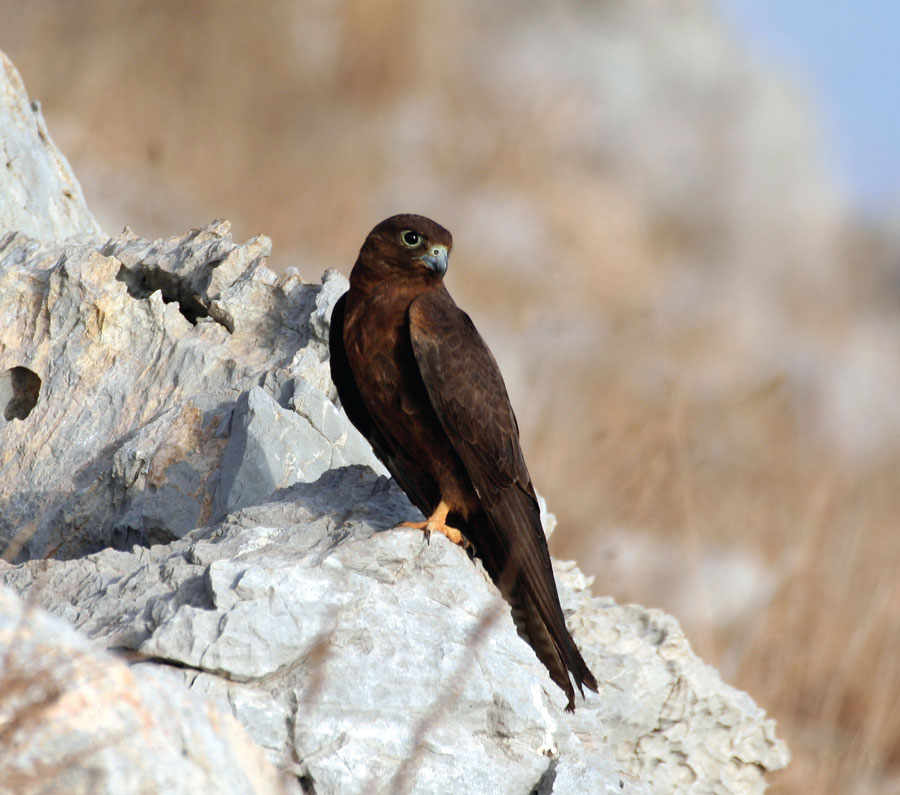
Falco eleonorae Katsadorakis George
Podargis gaigae lizard
Podargis gaigae is a lizard species endemic to the archipelagos of Skyros and the islet Piperi of Alonnisos. It is common and found in large numbers on Mt. Kochilas.
Skyropoula and Uninhabited Islets
Protected seabirds such as Cory’s Shearwater (Calonectris diomedea), Yelkuan Shearwater (Puffinus yelkouan), the Audouinis”Gull (Larus audouinii) and the Mediterranean Shag (Phalacrocorax aristotelis desmarestii) live and breed on uninhabited islets surrounding Skyros. In the coastal marine environment the main habitat is the meadows of Posidonia oceanica (a Mediterranean endemic marine plant) . Posidonia meadows are the breeding habitat for many species of fish and crustaceans (crabs, shrimps).
Many birds use the islets as stop over sites during the migration period, while the Mediterranean Monk Seal (Monachus monachus) is often recorded at sea. Another significant terrestrial animal species found on the islets is the endemic lizard of Skyros (Podarcis gaigeae).
Although it is a small lizard of a length of approximately 8 cm, in some islets due to the phenomenon of gigantism the lizard is recorded in length to reach or exceed 25 cm. The species is also found in Kochylas mountain in large populations. Kalamitsa and Palamari wetlands are important stop over sites for aquatic migratory birds such as Marsh Harrier, the Red footed falcon, Herons, Egrets and Ibises. Wetlands also provide valuable habitats for other native animals such as terrapines and bats.

Cory's shearwater- ORNITHOLOGIKI A. Christidis
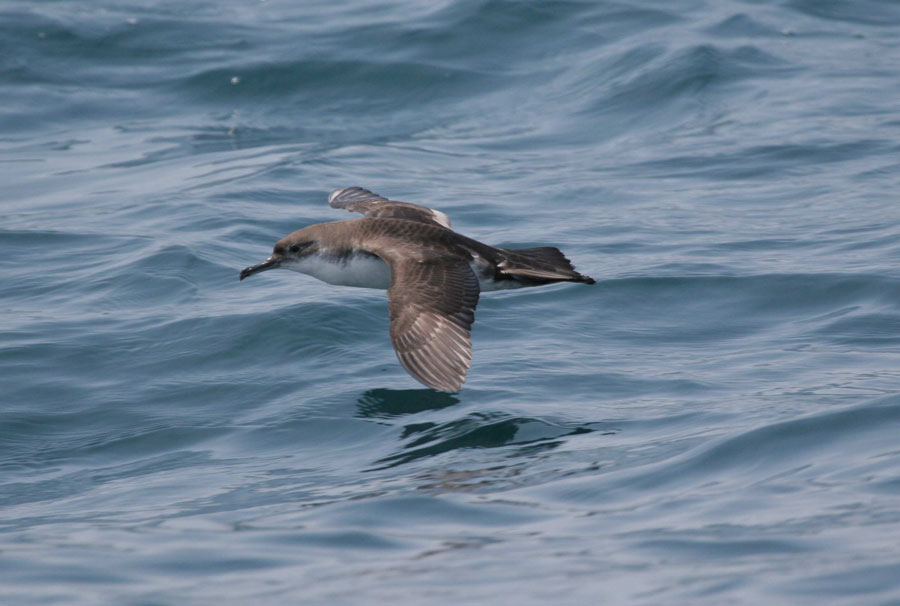
Μύχος Ares Christidis
